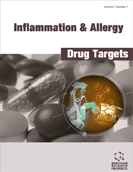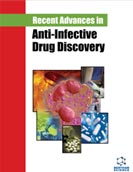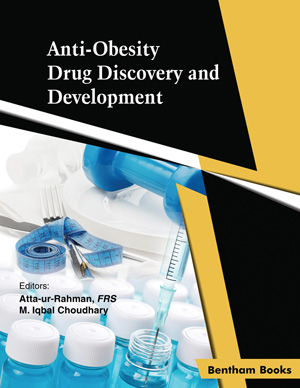Abstract
Historical Background: The clinical recognition of a form of dementia closely resembling Alzheimer's disease dates from around 1800. The role of analgesics derived from coal-tar in the spread of the pandemic is traced in terms of the introduction of phenacetin (PN) in 1887; its nephrotoxicity; the observation of lesions characteristic of the disease by Fischer and Alzheimer; the discovery of paracetamol (PA) as the major metabolite of PN; the linking of kidney injury and dementia with high PN usage; and the failure of PN replacement by PA to halt and reverse the exponential, inexorable rise in the incidence of Alzheimer-type dementia. Fischer observed his first case before Alzheimer; it is proposed to rename the syndrome Fischer-Alzheimer disease (F-AD).
Disease development: PA-metabolising enzymes are localised in the synaptic areas of the frontal cortex and hippocampus, where F-AD lesions arise. The initiating chemical lesions in liver poisoning comprise covalent binding of a highly reactive product of PA metabolism to proteins; similar events are believed to occur in brain, where alterations in the antigenic profiles of cerebral proteins activate the microglia. β-Amyloid forms, and, like PA itself, induces nitric oxide synthase. Peroxynitrite modifies cerebral proteins by nitrating tyrosine residues, further challenging the microglia and exacerbating the amyloid cascade. Spontaneous reinnervation, N-acetyl cysteine administration and tyrosine supplementation may attenuate the early stages of F-AD development.
Conclusion: F-AD is primarily a man-made condition with PA as its principal risk factor.
Keywords: Alzheimer, Fischer, microglia, paracetamol, peroxynitrite, phenacetin, presenile dementia, tyrosine.





















